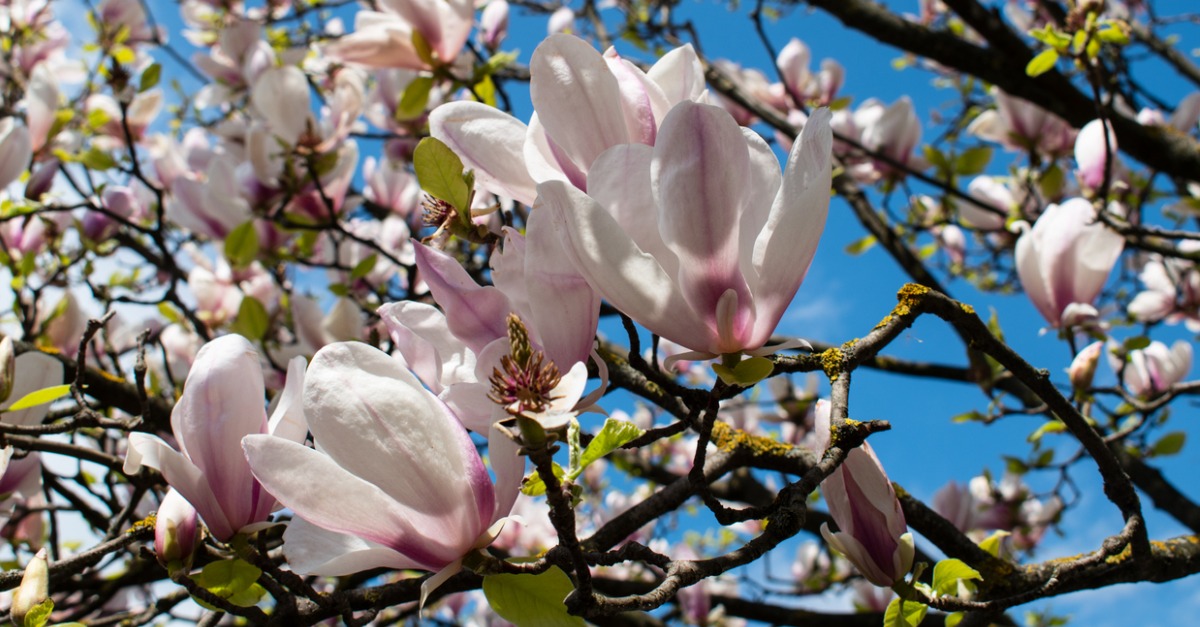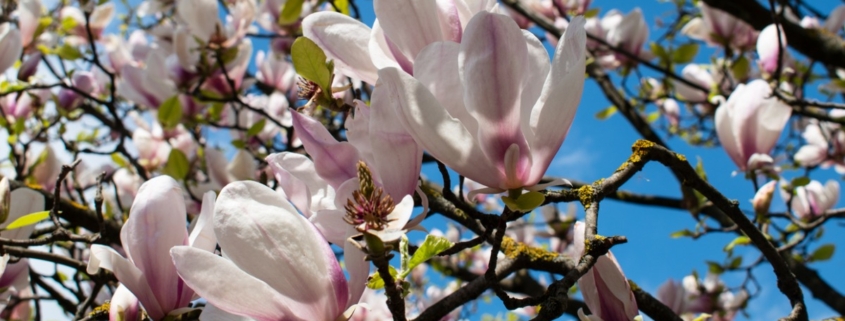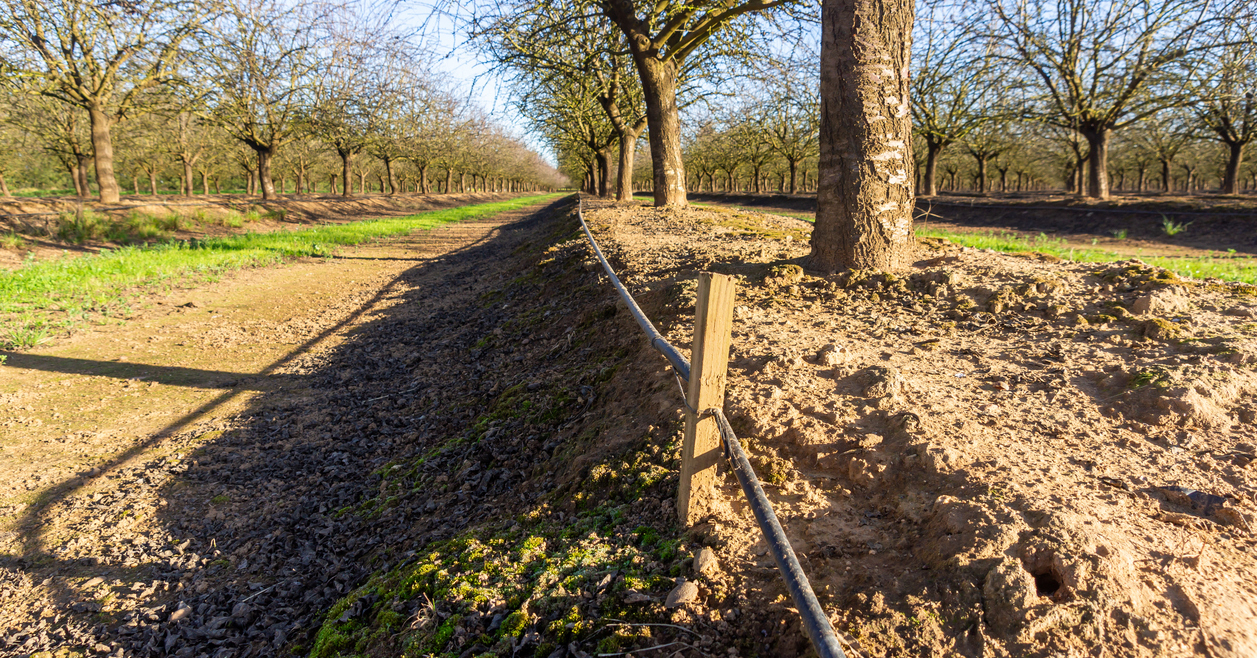Be a Georgia Tree Know-It-All: Tulip Magnolia
Each month, we feature some of the most popular trees in the state, including the American Hornbeam, Leland Cypress, and Sugar Maple.
Today, we will be highlighting the spring spectacle that is the Tulip Magnolia (Magnolia x soulangeana), also known as the Saucer Magnolia.
Characteristics
The name “Saucer Magnolia” will be clear once you view the spring blooms of these gorgeous trees. During early to mid-spring prepare to drink in a view of large blooms (up to 10 inches across!) in a variety of shades including white, pink, purple, and reddish-purple. The petals tend to cup around the center of the bloom, giving them a goblet or saucer-like appearance that inspired their name.
Magnolias are well known for their scent, and the Tulip Magnolia is no different. This special version has a lemon scent when blooming.
Tulip Magnolias can be expected to grow to around 20 to 30 feet tall. Their growth rate is considered medium, with height increasing typically around 13 to 24 inches per year. With their distinctive blooms and a spread of around 25 feet, the Tulip Magnolia is a tree that is sure to draw attention. Though they don’t provide much shade, for landscaping accents with memorable imagery and a tantalizing scent, the Tulip Magnolia is among your best options.
Growing Conditions
When deciding where to plant a Tulip Magnolia, there are some soil conditions to consider. Tulip Magnolias specifically prefer soils that are acidic, loamy, moist, rich, sandy, and well-drained. Clay soils can also be tolerated.
Tulip Magnolias have a fairly wide range where they can reliably grow: across Hardiness Zones 4 – 9. Zones 6 – 9 are found across Georgia, so the Tulip Magnolia is right at home here.
In terms of sun exposure, the Tulip Magnolia is a tree that needs a full amount. Ideally, six hours of direct unfiltered sunlight are required for this tree each day.
Tree Care
One benefit to Tulip Magnolias besides their beauty and fragrance is their ease of maintenance. Not much intensive care will be required, and pruning will be limited to dead or crossing branches. More pruning can be done for aesthetic reasons, but in terms of upkeep, not much should be necessary.
Another reason Tulip Magnolias are so highly regarded is that they are a hardy species. They are found to be mostly pest-free and are even known for their pollution tolerance. While not a hyperbolically drought-resistant species, they can tolerate moderate droughts. With regular weekly watering to keep the soil moist, plus covering the rooted area with mulch to seal in moisture, Tulip Magnolias are a durable as well as a beautiful tree.
Signs of Distress
One important thing to note with Tulip Magnolias is their thin bark. Consider this when doing other yard work in the area, as even weed cutters could do significant damage to the tree.
Another recurring issue to look out for is frost. The delicate blooms of Tulip Magnolias are highly susceptible and will blacken if frosting occurs.
Also, during more extreme bouts of heat, watering should be increased from weekly to more frequently to combat the rising temperatures.
Contact Us
For assistance with maintaining these lavish landmarks, you can call Premier Tree Solutions at 404-252-6448. Alternatively, visit our website to schedule an appointment.










